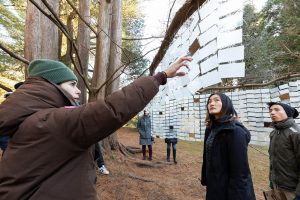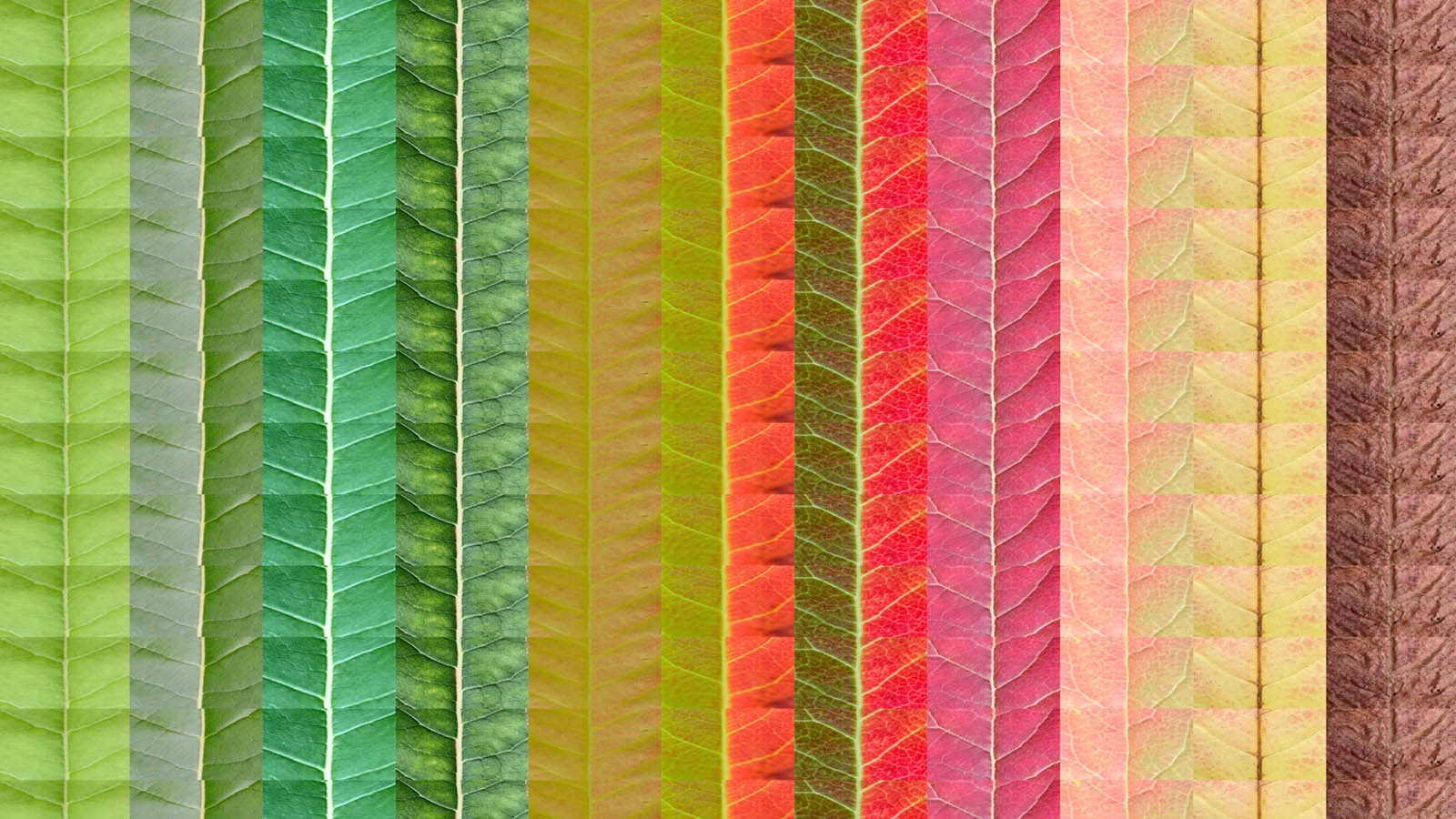Just beyond the old iron gates of the Arnold Arboretum of Harvard University, a creative experiment in pedagogy has been bringing the concept of plant sciences to growing, changing life.
For three years now, master’s degree candidates in Field Methods and Living Collections, led by Rosetta S. Elkin and the Arboretum’s William “Ned” Friedman, have used social theory and a methodology that examines plant evolution, morphology, built neighborhoods, and landscape design to address “plant blindness”—the human tendency to take plants for granted, reducing them to a green fuzz in the background.
“There is quite a history of human exceptionalism, and that we are the absolute species. On Maslow’s ladder [the hierarchy of needs] … plants were so low they barely made the rung. The whole class hinges on this diagnosis of plant blindness, that people assume that plants are just there, and they will always be there,” said Elkin, an associate professor of landscape architecture and faculty fellow at the Arboretum.

Yet, “We’re an entirely plant-dependent species. Plants were here way before we were; they will be here way after. They move, grow, communicate, behave, and adapt in magnificent ways and have a very different relationship with time. Once you start to appreciate that, the world around you does become a little more articulated,” she said.
Plants can be bellwethers of environmental risk, which often is overlooked by urbanists or architects focused on parcels of land whose confines are determined by economics or politics. High risk from and to the environment, such as drought, transcends manmade boundaries, however. This means that studying the effects of climate change requires acknowledging that where ecology is at risk, so is all of the area that the local environment defines, Elkin said. Continue reading at the Harvard Gazette…
Words by Deborah Blackwell & photography by Maggie Janik.
